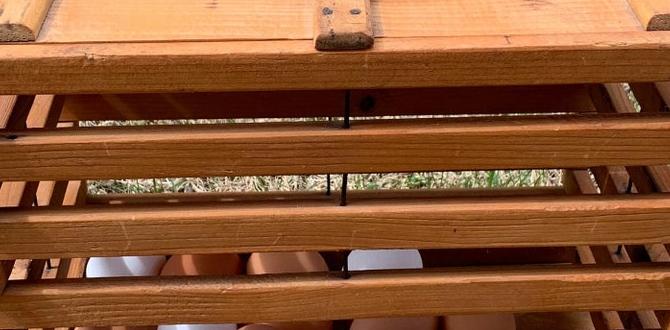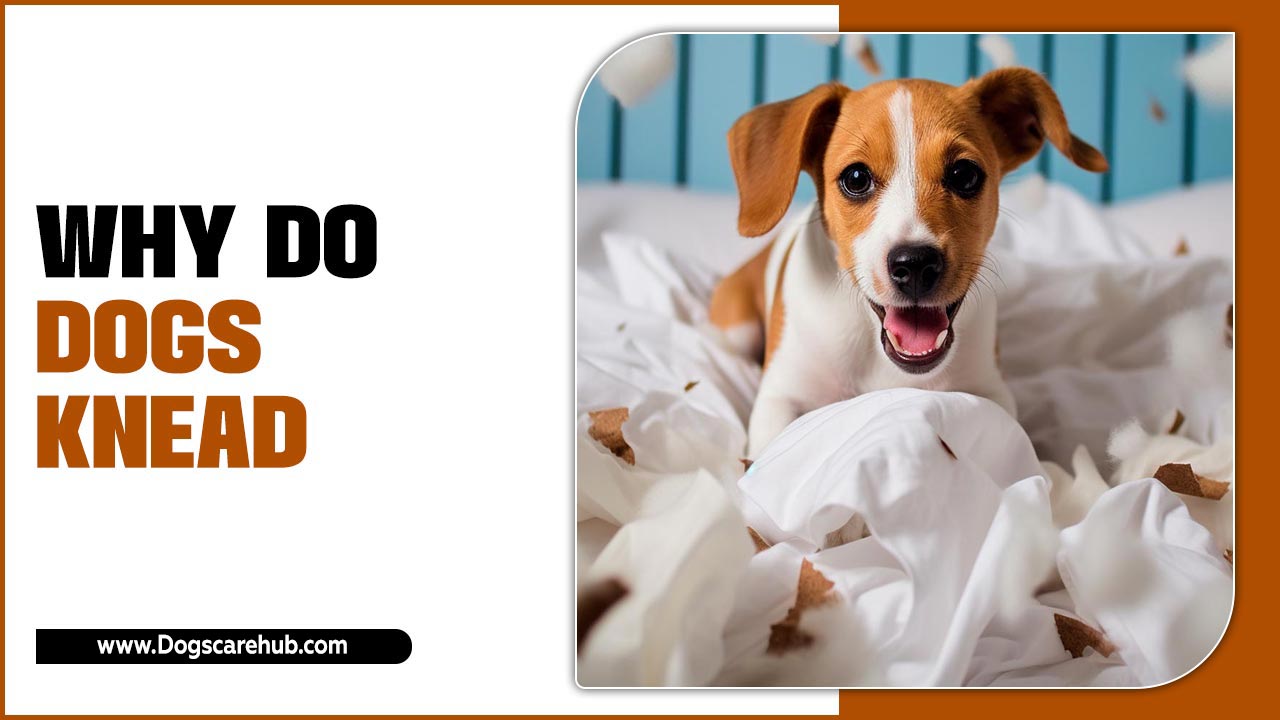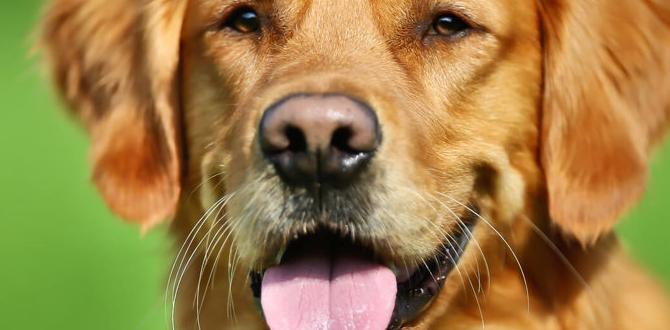Did you know that dogs need more than just physical exercise? They also need to challenge their brains. Just like us, dogs can get bored if they don’t have enough to think about. But how can we keep our dog’s mind active? There are many fun dog mental stimulation techniques we can try. This article will explore these activities that make dogs happy and smart.
Key Takeaways
- Dogs need mental stimulation to stay happy and healthy.
- Dog mental stimulation techniques can prevent boredom and bad behavior.
- Interactive toys and games are great for brain exercise.
- Training new tricks keeps your dog’s mind sharp.
- Daily challenges are key for an active canine mind.
Interactive Toys for Mental Stimulation
Interactive toys are fantastic for keeping dogs entertained. They challenge the dog’s mind and keep them busy. You might wonder what kinds of toys can do this. Puzzle toys, treat-dispensing toys, and interactive balls are great examples. These toys require dogs to think about how to get the treats out. This is not only fun for them but also helps with problem-solving skills. Engaging with these toys can be a perfect way to provide mental stimulation. It’s important to choose toys that are safe and suitable for your dog’s size and chewing habits.
- Puzzle toys engage problem-solving skills.
- Treat-dispensing toys offer tasty rewards.
- Interactive balls can bounce and roll.
- Choose toys that are safe and durable.
- Adjust toy difficulty as your dog learns.
Playing with interactive toys should be part of your dog’s daily routine. It can help prevent boredom and reduce destructive behavior. Always supervise your dog while playing with toys. This way, you can ensure they are using the toys safely. Rotate their toys regularly to keep them interested. This change keeps old toys feeling new and exciting. Your dog will love the challenge and variety.
Fun Fact or Stats : Dogs can remember over 100 different toys by name!
Puzzle Toys: A Brain Workout
Ever seen a dog trying to figure out a puzzle toy? It’s fascinating! These toys can be simple or complex. They might have sliding pieces or hidden compartments. Dogs need to use their noses and paws to solve them. It’s like a mini-adventure that rewards them with treats. Puzzle toys keep dogs entertained and engaged. They’re perfect for rainy days when outdoor play isn’t possible. Watching your dog solve a puzzle is like seeing a mini detective at work. Their concentration and joy are wonderful to witness.
Treat-Dispensing Toys: Delicious Fun
Imagine a toy that gives out treats as your dog plays. Treat-dispensing toys do just that. They make snack time fun and challenging. Dogs must figure out how to get the treats out. This task can keep them busy for a long time. These toys are great for dogs who love food and play. They help slow down fast eaters and make mealtime more exciting. When you use these toys, your dog learns to be patient and persistent. It’s a delightful way to feed both their body and mind.
Choosing the Right Interactive Toy
How do you pick the perfect toy for your dog? Consider their size and chewing strength. Some dogs are gentle, while others are strong chewers. Choose toys that are strong enough to withstand your dog’s play style. Also, think about what your dog enjoys. Do they like to chew, fetch, or solve puzzles? Picking a toy that fits their interests will keep them engaged. Try different toys to see which ones your dog loves the most. Remember, a good toy will challenge your dog’s mind and keep them happy.
Training New Tricks
Training new tricks is another great way to stimulate your dog’s mind. When you teach new tricks, your dog learns to focus and follow commands. This activity not only entertains them but also strengthens the bond between you. Tricks can be simple, like “shake hands,” or more complex, like “roll over.” Training sessions should be positive and fun. Use treats and praise to encourage your dog. Be patient and consistent. Over time, your dog will learn and enjoy showing off their new skills.
- Start with simple tricks.
- Use treats as rewards.
- Keep training sessions short and fun.
- Be patient and consistent.
- Always end on a positive note.
Teaching tricks is an ongoing activity. You can gradually increase the difficulty as your dog learns. This keeps their mind engaged and prevents boredom. It also helps them learn to listen and respond to your commands. Training is a wonderful way to build trust and improve communication. Every new trick is a small victory for both you and your dog. Celebrate these achievements together!
Fun Fact or Stats : Dogs can learn up to 250 words and gestures!
Simple Tricks for Starters
Want to start with easy tricks? Begin with “sit” or “stay.” These tricks are the basics of dog training. They teach your dog to focus and listen. Use treats as a reward to keep them motivated. Repeat the command and give a treat when they do it right. Over time, your dog will learn to follow these commands without hesitation. Simple tricks lay the foundation for more advanced skills. They also help your dog feel confident and smart.
Advanced Tricks for a Challenge
Is your dog ready for more? Try teaching “play dead” or “fetch.” Advanced tricks require more practice and patience. They challenge your dog’s memory and coordination. Teaching these tricks can be exciting for both of you. Use a clear voice and lots of encouragement. Celebrate small successes along the way. Advanced tricks show off your dog’s intelligence and ability to learn. They can impress friends and family during playtime.
Consistency Is Key in Training
Why is consistency important? Dogs learn best when training is regular. Set a schedule for practice sessions. Keep commands the same so your dog understands. Consistency helps your dog learn faster and retain skills. It builds a routine that your dog can rely on. Training becomes a fun and expected part of their day. Consistent training strengthens your bond and helps your dog feel secure. A well-trained dog is a happy dog!
Socialization for Mental Growth
Socialization is crucial for your dog’s mental development. Interacting with other dogs and people helps them learn social cues. These experiences are rich sources of mental stimulation. Dogs need to understand different sounds, smells, and sights. Taking your dog to a new place or meeting new friends is exciting. It engages their senses and encourages curiosity. Socialization can reduce anxiety and improve your dog’s behavior. It’s important to expose them to different environments from a young age.
- Introduce your dog to new places.
- Meet other dogs and people.
- Use positive reinforcement.
- Watch for signs of stress.
- Keep social interactions short at first.
Socializing your dog regularly helps them become calm and confident. Pay attention to your dog’s reactions during these experiences. If they show fear or aggression, take a step back. Gradually increase their exposure as they become more comfortable. A well-socialized dog is more adaptable and less likely to develop behavior problems. They handle changes and new situations with ease. A good social life is just as important for dogs as it is for us!
Fun Fact or Stats : Puppies should meet 100 new people by 12 weeks old.
Starting Socialization Early
Why start early? Puppies learn best between 3 and 14 weeks old. This is when they are most receptive to new experiences. Early socialization helps them grow into well-adjusted adults. Introduce your puppy to different people, sounds, and environments. Keep these experiences positive and fun. Reward them with treats and praise. Early socialization prevents fear and aggression later in life. Your puppy will grow into a friendly and sociable dog.
Reading Your Dog’s Cues
How can you tell if your dog is comfortable? Pay attention to their body language. A relaxed dog will have a wagging tail and loose body. If they are scared, their tail might tuck between their legs. They might avoid eye contact or try to hide. Recognizing these signs helps you adjust the situation. Always respect your dog’s comfort level. Ensuring positive experiences builds their confidence.
Benefits of a Well-Socialized Dog
What are the benefits of socialization? A well-socialized dog is friendly and adaptable. They enjoy meeting new people and exploring new places. They’re less likely to react aggressively or fearfully. Socialization helps them handle life’s changes smoothly. It also strengthens the bond you share. You can confidently include them in family outings. A socialized dog is a joy to have as a companion.
Games to Boost Dog Intelligence
Games are not just fun—they’re also great for boosting your dog’s intelligence. Playing games like hide and seek, tug-of-war, or even fetch can challenge their mind. These games require thinking and decision-making. For example, hide and seek encourages your dog to use their sense of smell to find you. Tug-of-war tests their strength and strategy. Different games can target different skills, keeping your dog’s mind sharp and curious.
- Play hide and seek for scent training.
- Use tug-of-war for strength and strategy.
- Fetch can improve focus and agility.
- Try new games to avoid boredom.
- Make sure games are safe and supervised.
Playing games with your dog is not only about fun. It also provides structure and mental challenges. Regular playtime strengthens your bond and improves communication. Games teach your dog to follow rules and take turns. This makes playtime more than just exercise—it’s a learning experience. Make sure to mix up the games to keep things fresh. Your dog will appreciate the variety and challenge.
Fun Fact or Stats : Dogs can learn tricks from games, like fetching specific items.
Classic Games: Hide and Seek
Remember playing hide and seek as a kid? Dogs love this game too! It’s a great way for them to practice scent tracking. Start by hiding in an easy spot, like behind a door. Call your dog’s name and wait for them to find you. Give lots of praise and a treat when they do. As your dog gets better, hide in more difficult spots. This game teaches them to use their nose and memory. It’s a fun way to build their confidence and intelligence.
Brain Games: Tug-of-War
Is tug-of-war a good game for dogs? Absolutely! It challenges their strength and strategy. Use a sturdy rope or toy that your dog can safely pull. Let them grab one end while you hold the other. Gently tug back and forth. This game teaches them about resistance and control. Remember to set rules, like starting and stopping on command. Tug-of-war is a great workout for both body and mind. It reinforces your role and strengthens your bond.
Fetch: More Than Just a Game
Fetch is more than chasing a ball. It’s a game that improves focus and agility. Dogs learn to listen for commands like “fetch” and “bring it back.” It requires them to run, think, and follow directions. Use different toys, like balls or frisbees, to keep the game interesting. Fetch can be played indoors or outdoors, making it very versatile. It’s a fun way to burn energy and build communication skills. Your dog will love the chance to show off their speed and intelligence.
| Game | Skills Enhanced | Equipment Needed |
|---|---|---|
| Hide and Seek | Scent tracking | None |
| Tug-of-War | Strength and control | Rope toy |
| Fetch | Focus and agility | Ball |
| Obstacle Course | Problem-solving | Household items |
Conclusion
Dogs thrive on both physical and mental activities. Using these dog mental stimulation techniques can keep your pet happy and smart. Interactive toys, training, socialization, and games provide endless opportunities. They’re excellent ways to challenge your dog’s mind and make life more exciting. By engaging their brain, you’re giving them a fuller, richer life. Remember, a mentally stimulated dog is a happy dog.
FAQs
Question: What are some dog mental stimulation techniques?
Answer: They include interactive toys, training new tricks, socialization, and mental games. These activities engage your dog’s brain and keep them happy.
Question: How often should I use mental stimulation for my dog?
Answer: Daily stimulation is best. Regular activities like puzzle toys or training new tricks keep them engaged. This helps prevent boredom and bad behavior.
Question: Can games help with dog mental stimulation techniques?
Answer: Yes, games like fetch and tug-of-war challenge your dog’s mind. They build skills like focus and problem-solving, making them a fun way to engage your pet.
Question: Why is socialization important for dogs?
Answer: Socialization helps dogs learn social cues and reduces anxiety. It exposes them to new environments and makes them confident and adaptable.
Question: How do I choose the right interactive toy for my dog?
Answer: Consider your dog’s size, chewing habits, and interests. Choose durable toys that match their play style. Rotate toys regularly to maintain interest.
Question: What benefits do dog mental stimulation techniques offer?
Answer: These techniques keep your dog happy, prevent boredom, and improve behavior. They also strengthen the bond between you and your pet, leading to a fuller life.
Meet Elyse Colburn, the devoted canine companion and storyteller behind the enchanting world of “Tales, Tails, and Adventures Unleashed.” A passionate dog enthusiast with a heart full of paw prints, Elyse Colburn shares heartwarming tales and insightful adventures, celebrating the joy, loyalty, and endless antics that make every dog a true hero. Join Elyse Colburn on this tail-wagging journey, where every post is a love letter to our four-legged friends.








